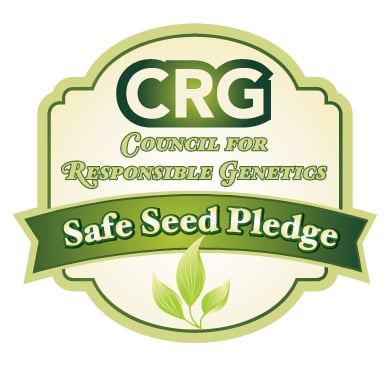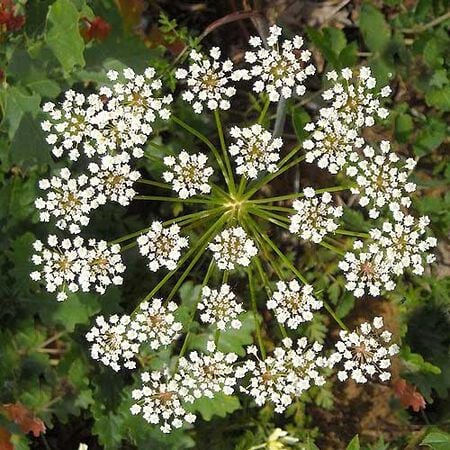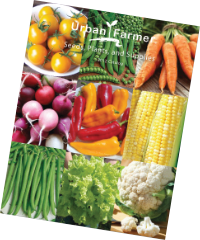Common, Anise Seeds
Key Attributes
Key Attributes
Product Details
Weight
0.001Plant Height
18-24"Botanical Name
Pimpinella anisumSeed Type
SeedSeeds Per Gram
399Seeds Per Pound
180,800Packet
200 SeedsSow Depth
1/4"Seeds Per Ounce
11,300Breed
Open-pollinatedSun
Full SunLife Cycle
Tender PerennialSow Method
Direct SowCategories
HerbGermination
11,12,13,14,8,9,10Days To Maturity (# Days)
130Components
Growing Instructions
![]() Learning Download: How to Grow Anise
Learning Download: How to Grow Anise
Anise is a Mediterranean herb with a smell similar to licorice. It’s a strong herb, and it can be used in curries, in making flavored liqueurs and in baking. Anise is best grown in the warm seasons and it is an annual, meaning it will not return.
Before Planting: Make sure the bed consists of well-draining soil and is free of weeds, rocks and other debris.
Planting: Plant seeds 1/2 inch deep and space 1 inch apart. If planting in multiple rows, set the rows 2 to 3 feet apart.
Watering: Once established, Anise can withstand periods of drought but requires consistent watering until then.
Fertilizer: Add compost to the soil before planting the seeds. You can use a nitrogen-heavy fertilizer before Anise begins to flower.
Days to Maturity: Anise takes approximately 120 days from planting to harvest.
Harvesting: Snip the leaves to use before the plant blooms, if you plan on using the leaves fresh. The leaves can be consumed dried, fresh or frozen.
Tips: Anise can be used as a companion plant with cabbage and grapes, but don’t plant near carrots and radishes.
Shipping Schedule
Our Seed Promise
 "Agriculture and seeds" provide the basis upon which our lives depend. We must protect this foundation as a safe and genetically stable source for future generations. For the benefit of all farmers, gardeners and consumers who want an alternative, we pledge that we do not knowingly buy or sell genetically engineered seeds or plants.
"Agriculture and seeds" provide the basis upon which our lives depend. We must protect this foundation as a safe and genetically stable source for future generations. For the benefit of all farmers, gardeners and consumers who want an alternative, we pledge that we do not knowingly buy or sell genetically engineered seeds or plants.
The mechanical transfer of genetic material outside of natural reproductive methods and between genera, families or kingdoms, poses great biological risks as well as economic, political, and cultural threats. We feel that genetically engineered varieties have been insufficiently tested prior to public release. More research and testing is necessary to further assess the potential risks of genetically engineered seeds. Further, we wish to support agricultural progress that leads to healthier soils, to genetically diverse agricultural ecosystems, and ultimately to healthy people and communities.
To learn more about the "Safe Seed Pledge" please visit www.councilforresponsiblegenetics.org.

